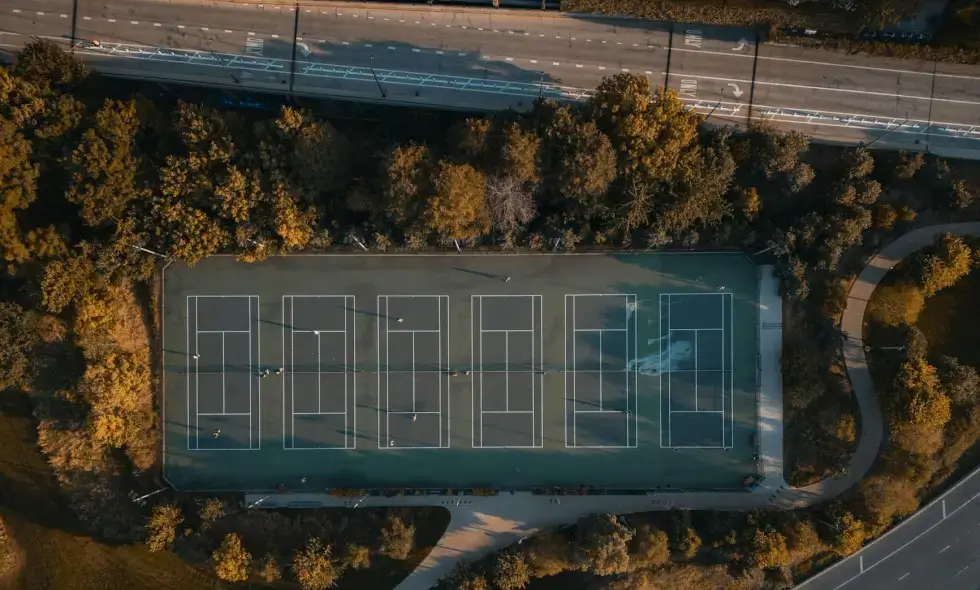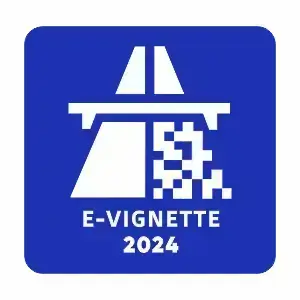The Dálnice D3 roadway is most likely to be the first domestic highway where you can travel at a speed of 150 km/h. The Czech Roads and Highways Directorate (ŘSD) recently announced a tender for the procurement of changeable traffic signs for the approximately 50-kilometer section from Tábor to Českými Budějovicemi. The subject of the tender is the supply and installation of changeable traffic signs on the D3 motorway to increase the maximum permitted speed to 150 km/h on the D3 section between 80 and 130 kilometers, as well as the operation and maintenance of these systems for five years after commissioning, the tender states. . The estimated cost of the project is 90 million kroner.
The panels will be powered by a combination of solar energy and batteries and will be wirelessly controlled. The section has nine separate level junctions and a two-sided rest stop. The government amendment to the traffic law valid from January gave the Ministry of Transport the legal opportunity to increase the maximum permitted speed on highways from 130 km/h to 150 km/h. This step is at the heart of the government's program statement, which, among other things, is conditional on good visibility. However, this speed increase comes at a time when other countries are thinking about speed reduction. In the past, the Netherlands has already taken this step, and it is being dealt with similarly in Germany, where unlimited speeds are far from everywhere. This is also being discussed in Austria and other states. The reasons are the same everywhere: lower consumption, lower emissions, greater safety. "Safety issues should be a priority, not convenience, time savings and the like. The only thing that can be added to this is that in the countries with the fewest fatal accidents in the world, i.e. the Scandinavian countries, the usual maximum speed on motorways is 100 km/h. The European Commission's traffic safety recommendation is 110 km/h," Igor Sirota from ÚAMK told Aktualne.cz last year. 253 comments



 Deutsch (DE)
Deutsch (DE)
 Greek (GR)
Greek (GR)
 Italiano (IT)
Italiano (IT)
 Magyar (HU)
Magyar (HU)
 Polski (PL)
Polski (PL)
 Română (RO)
Română (RO)
 Slovensky (SK)
Slovensky (SK)
 Slovenščina (SL)
Slovenščina (SL)
 Türkçe (TR)
Türkçe (TR)
 Česká (CZ)
Česká (CZ)








